A world in lockdown can be a dreary place. At such times, it is the duty of the arts to bring inspiration and good cheer to the people. So all hail Butler Gallery in Kilkenny City which, nearly 80 years after its initial hatching, is boldly reopening its doors in a shimmering new-but-ancient venue on the east side of Ireland’s medieval capital.
Opened to the public at the beginning of August, the new gallery is probably the biggest addition to rural Ireland's cultural portfolio since the VISUAL Centre for Contemporary Art and the George Bernard Shaw Theatre opened in Carlow in 2009.
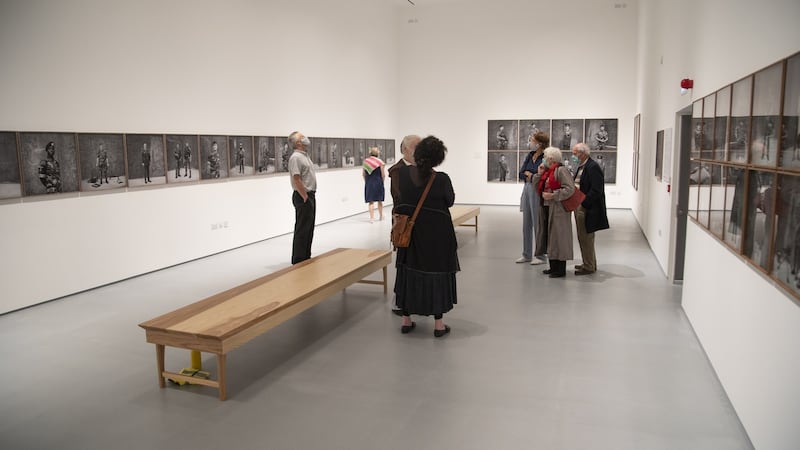
The origins of Butler Gallery are rooted in another global crisis. Its genesis was an exhibition of contemporary art and pottery held in Kilkenny in the early years of the second World War, aka the Emergency. The 1942 event was hosted by the newly formed Society for the Encouragement of Art in Kilkenny (SEAK) and centred on pottery by Peter Brennan and a collection of vigorous “city” and “country” watercolours by society co-founders George and Helen Pennefather. The critic RR Figgis was especially impressed by the “masterly treatment and good colour sense” of the Pennefathers’ “interesting and experimental” work.
The event generated such an enthusiastic response that in 1943 the Pennefathers offered their collection as a permanent exhibition. This coincided with the rebirth of SEAK as the Kilkenny Art Gallery Society (KAGS), with 49 members, each of whom contributed 10 shillings. The society stuttered uncertainly through the 1950s and seemed destined to fade away until 1963 when Susan (Peggy) Butler became its secretary.
Assisted by Stanley Mosse and his daughter-in-law, Susan Mosse, she set about a radical overhaul of the operation. Key to this was a close relationship with the Arts Council of Ireland, which has provided invaluable financial and moral support to the society ever since.
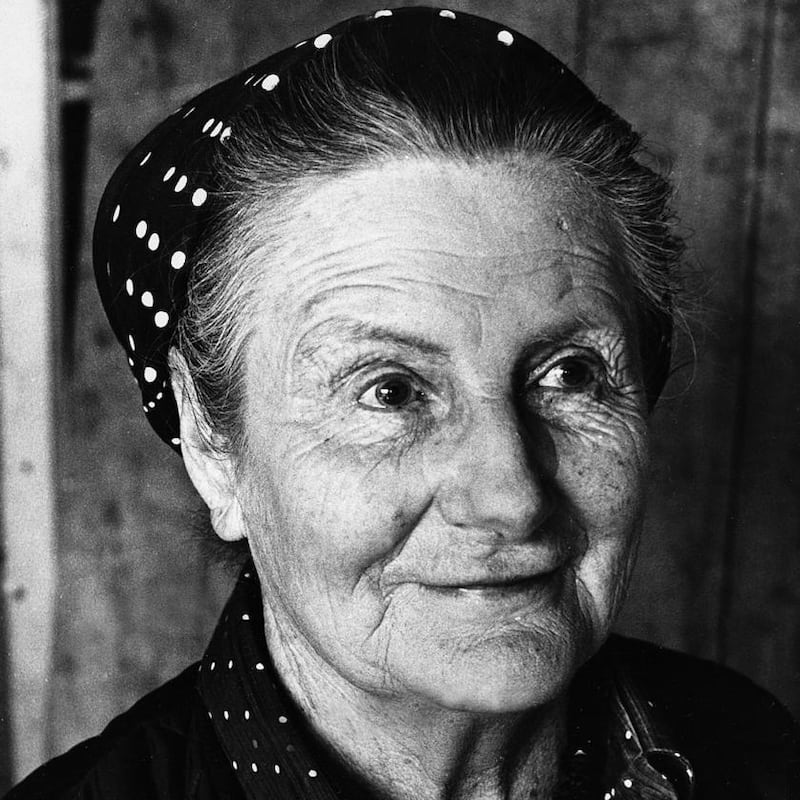
Peggy Butler, who was the first chair of Kilkenny Arts Week, had trained as a painter at the Regent Street Polytechnic in London but did not pursue a career as an artist. She was arts correspondent for the Kilkenny People for many years and an occasional art critic for The Irish Times. She also provided much encouragement to other artists. When she died in 1996, aged 91, her obituary in this newspaper described her as "responsible more than any other person since the mid-century for the development and appreciation of the arts in Kilkenny". Her legacy is also to be found at Annaghmakerrig, her family home in Co Monaghan, which she persuaded her brother, the theatrical director Tyrone Guthrie, to gift to the nation as a workplace for creative artists, now the Tyrone Guthrie Centre.
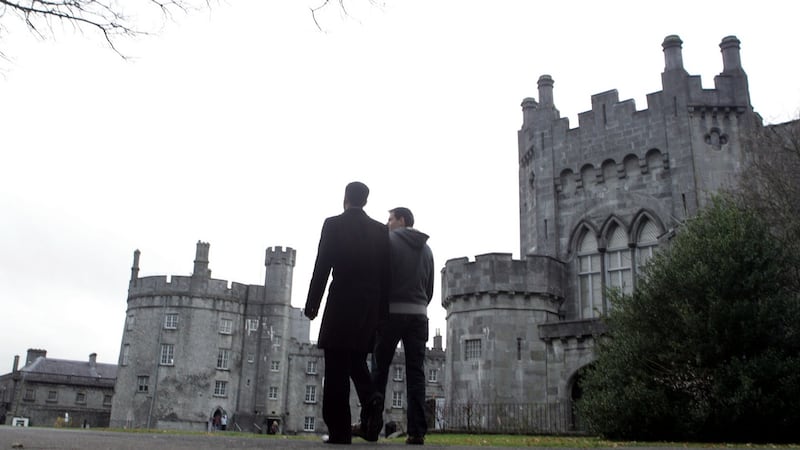
In 1976, the KAGS collection found a permanent home in the subterranean kitchen wing of Kilkenny Castle. It was duly named Butler Gallery in honour of Peggy and her husband, the celebrated essayist Hubert Butler. The name was also a good fit for another reason. Kilkenny has been a Butler family stronghold since 1391 when James Butler, Earl of Ormonde, purchased the old Norman castle that was to be their power base for the next five centuries.
Butler Gallery remained in the basement of that very castle for 44 years. As an arts space, it was never anything less than atmospheric, drawing upwards of 50,000 visitors annually. Given its location directly beneath one of Ireland’s busiest tourist attractions, those who attended its pioneering exhibitions included plenty of accidental tourists alongside the purposefully striding art connoisseurs.
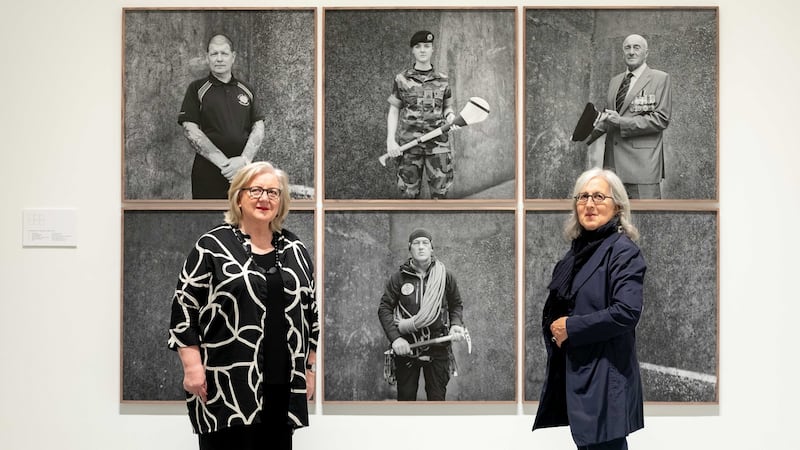
Anna O’Sullivan has been the director of Butler Gallery since 2005 and has 23 years of experience on New York’s art scene, latterly at the Robert Miller Gallery, a contemporary art specialist in Manhattan. In the 15 years since her arrival in Kilkenny, she has curated a steady flow of innovative, well-received exhibitions and increased Butler Gallery’s eclectic collection via gift and purchase, as well as semi-permanent loan.
No matter how big a castle is, its dungeons are always going to be claustrophobic. And indeed, there is something deeply invigorating about the manner in which Butler Gallery now finds itself sprawled upon the eastern banks of the river Nore.
The new incarnation is in Evans' Home, a historic alms house on John's Quay, which was acquired for this purpose 12 years ago. The epic saga of this building commenced in the 13th century when it formed part of an extensive Augustinian priory, founded by the famous knight William Marshal. The priory was known as the "Lantern of Ireland" on account of the number and size of its stained-glass windows.
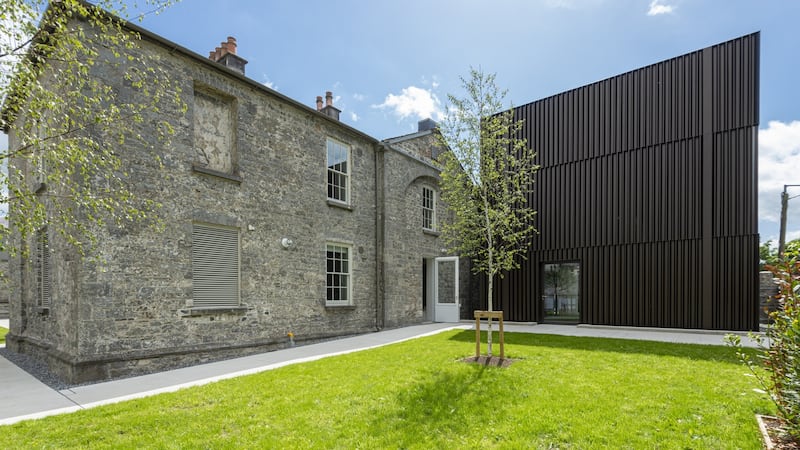
The priory was suppressed during Henry VIII's Reformation. It doubled as a hospital for Oliver Cromwell's forces when he captured the city in 1650. Following the defeat of the Jacobites in the 1690s, the priory was rebuilt as an infantry barracks. And so it remained for most of the Georgian age until 1818 when Joseph Evans converted it into an alms house. It was specifically designed to provide accommodation and sustenance to "servants", 12 men and 12 women, who had lost their jobs in the economic depression that followed the end of the Napoleonic Wars. In the last century, part of the building was used as a book repository by the neighbouring Carnegie Library.
The military provenance of Evans' Home is reflected in Butler Gallery's inaugural exhibition, namely The Bloods, Amelia Stein's photographic study of the men and women of the Defence Forces from nearby James Stephens Barracks in Kilkenny. Taking place in the double-height gallery, this will be followed by a collaboration with Kilkenny-based Cartoon Saloon entitled Wolfwalkers: The Exhibition, based on the upcoming feature from the four-time Oscar nominated studio.
The main H-shaped alms house is home to the permanent collection, as well as an important bequest from the estate of Callan artist Tony O'Malley, which was donated by his wife artist Jane O'Malley. The gallery also includes a gift from the estate of Seán and Rosemarie Mulcahy.
Blessed with beautifully proportioned rooms, the alms house overlooks a walled garden that has been reconceived as a sequence of spaces, gardens and passages, including further galleries, a café, a sculpture garden, a sensory garden and an ingenious geometric ramp that serves as a seating space for outdoor performances.
The conversion was carried out by McCullough Mulvin Architects who have created a space with varying qualities of light and finish, giving a strong sense of freshness that serves the best interests of the art within and without.
As an arts space, the diminutive gallery at Kilkenny Castle always punched above its weight. However, the vitality that was inevitably enclosed within its underground seams is now at ease to roam in a space 10 times the size of the castle cellars.
Although it may no longer have such a readymade congregation as it did at its former stronghold, the new venue will provide its own magnetism and draw visitors across the usefully placed Lady Desart Bridge (pedestrian and cyclists only) to this dynamic cultural hub by John’s Quay, opening up yet another chapter in the history of this versatile city.
This space also fulfils the dream that has fired so many of Kilkenny’s creative souls since 1943 and it will assuredly be integral for the generations of artists to come as we inch towards the middle decades of the 21st century.










